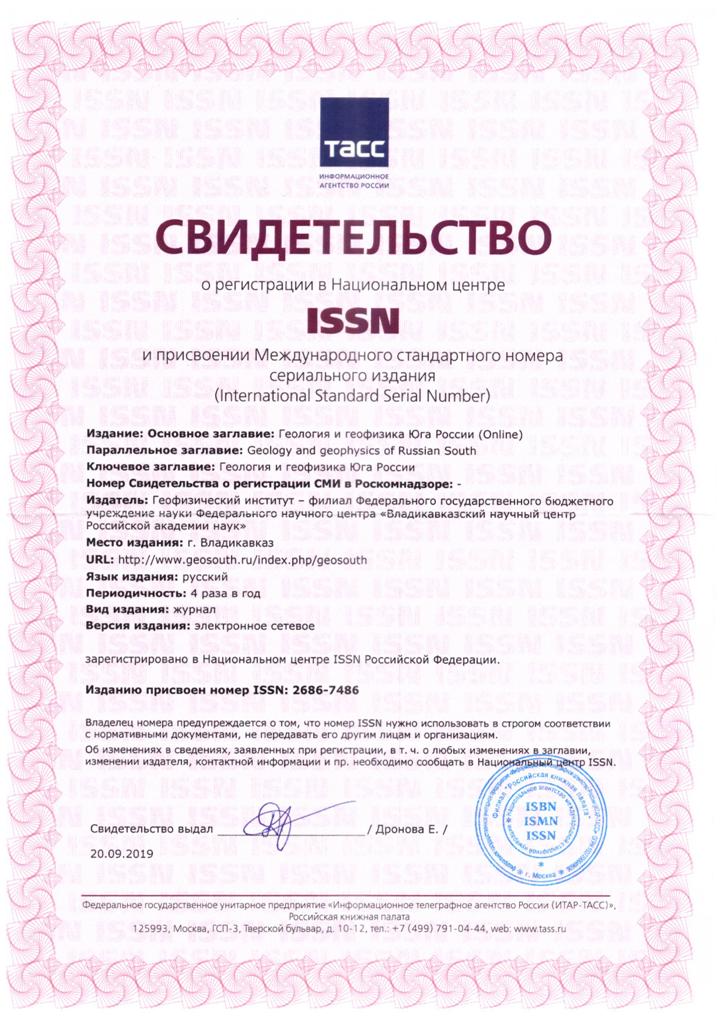Mathematical modeling of selective water intake processes in a two-layer stratified reservoir
Abstract
Relevance. The use of selective methods of water intake from a stratified reservoir is extremely necessary for the water supply of thermal and nuclear power plants. To avoid overheating of the turbine condensers of these important facilities and thereby avoid creating an emergency situation in them in the summer, it is necessary to supply water to them from the deep layer of the reservoir, where the water is 8-10° colder than in the upper layer. Water from the clarified clean and cold layer of the stratified reservoir of the water supply source should be taken, if the water in the lower layer is heavily polluted. Calculations and design of selective water intake devices have been carried out according to highly simplified empirical formulas up to the present time. There were no scientifically based methods for calculating the selective water intake process. Scientific novelty. In the presented work, for the first time in the world, a selective water intake process is strictly modeled physicsmathematically using theoretical hydrodynamics, mathematical physics and computer methods. Aim. Development of a set of calculation formulas for calculating and controlling selective water intake processes in the design application of water intake devices. Conducting computer computational experiments to determine the input parameters of the intake device, the mark of its depth in the reservoir, as well as the critical value of the water flow rate (velocity) taken away. Methods. An initial boundary value problem of mathematical physics modeling a selective water intake process in a stratified reservoir was been posed and solved. The methods of operational calculus and two-fold trigonometric Fourier series are used. Results. The resulting set of calculation formulas fully contains all the input parameters of the reservoir and the intake device. The use of the research results at the design stage significantly increases the selectivity and profitability of the water intake device.


